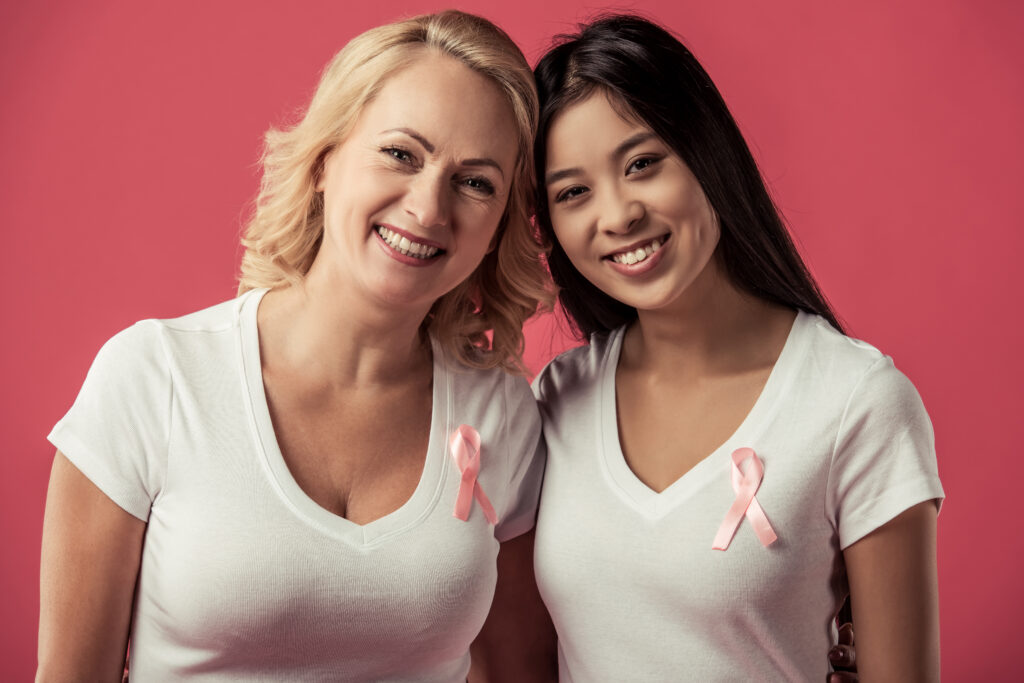
What Are the Best Ways to Find, Detect, and Cure Breast Cancer?

Breast cancer is a major health concern that affects millions of women around the world. Early detection and effective treatment are crucial for improving survival rates. Ways to find, detect, and cure breast cancer provide valuable insights for researchers and those learning about this critical issue.
Finding and Detecting Breast Cancer
Regular Self-Examinations:
- What It Is: A self-exam involves a woman checking her breasts for lumps, changes in size or shape, or any other unusual signs.
- How to Do It: Use the pads of your fingers to feel for lumps, thickening, or hardened knots. Move in a circular motion from the outside to the center of the breast. Perform this monthly, ideally a few days after your menstrual period ends.
- Why It’s Important: Self-exams help women become familiar with their breasts and notice any changes early on.
Clinical Breast Examinations:
- What It Is: A clinical breast examination (CBE) is performed by a healthcare professional who is trained to spot potential signs of breast cancer.
- Frequency: Women in their 20s and 30s should have a CBE as part of their routine health exams, typically every three years. After 40, it should be done annually.
- Why It’s Important: Professional exams can detect lumps that may be missed during self-exams.
Mammograms:
- What It Is: A mammogram is an X-ray of the breast used to detect tumors that cannot be felt.
- Frequency: Women aged 40 and older should have a mammogram every 1-2 years. Those with a higher risk may need to start earlier and have more frequent screenings.
- Why It’s Important: Mammograms can detect cancer early, often before symptoms develop, significantly improving the chances of successful treatment.
Ultrasound and MRI:
- What It Is: Ultrasound uses sound waves to create images of breast tissue, while MRI uses magnets and radio waves.
- When It’s Used: These are often used as supplemental tools if abnormalities are found during a mammogram or in women with dense breast tissue.
- Why It’s Important: These methods can provide more detailed images, helping to evaluate suspicious areas further.
Curing Breast Cancer
Surgery:
- Lumpectomy: Removes the tumor and a small margin of surrounding tissue.
- Mastectomy: Removes one or both breasts, partially or completely.
- Why It’s Important: Surgery is often the first line of treatment, aiming to remove as much of the cancer as possible.
Radiation Therapy:
- What It Is: Uses high-energy rays to target and kill cancer cells.
- When It’s Used: Often follows surgery to destroy any remaining cancer cells in the breast, chest wall, or axilla (underarm area).
- Why It’s Important: Reduces the risk of cancer recurrence.
Chemotherapy:
- What It Is: Uses drugs to destroy cancer cells or slow their growth.
- When It’s Used: It can be administered before surgery (neoadjuvant therapy) to shrink tumors or after surgery (adjuvant therapy) to eliminate remaining cancer cells.
- Why It’s Important: Effective for treating cancer that has spread beyond the breast.
Hormonal Therapy:
- What It Is: Targets hormone receptor-positive cancers by blocking the body’s ability to produce hormones or interfering with their effects.
- When It’s Used: Often used after surgery to reduce the risk of recurrence.
- Why It’s Important: Effective for hormone-sensitive breast cancers.
Targeted Therapy:
- What It Is: Uses drugs that target specific molecules involved in cancer cell growth and survival.
- When It’s Used: Often used in conjunction with other treatments for HER2-positive breast cancer.
- Why It’s Important: It can be more effective and less toxic than traditional chemotherapy.
Early detection and treatment of breast cancer are paramount to improving outcomes. Regular self-exams, clinical exams, and mammograms are crucial for early detection. When it comes to treatment, a combination of surgery, radiation, chemotherapy, hormonal therapy, and targeted therapy provides the best chances for a cure. Stay informed, be proactive in your health, and consult with healthcare professionals to determine the best plan for you.